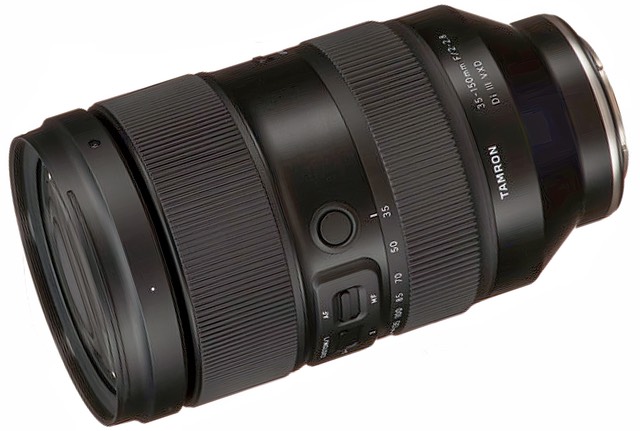
What is It?
When the Tamron 35-150mm f/2-2.8 lens was first introduced, there was a bit of heated pro/con discussion about whether it was something useful, or not. No other lens (at the time), had that focal range, let alone that aperture configuration. Okay, so we had a “fast” zoom lens in a new range. Do we want that, or not? Particularly when you factor in its size and weight, plus its price.
The answer sort of got lost in the Internet squabbles for awhile, but over time a clear consensus started to form, at least among event and wedding photographers: we love it.
Since a lot of people will be comparing this lens to the standard f/2.8 zooms, it’s important to understand where this lens will differ from them:
- 35mm — f/2
- 40mm — f/2.2
- 60mm — f/2.5
- 80mm — f/2.8
Put another way, if you’re thinking this lens is going to be different than your 70-200mm f/2.8 in terms of focus rendering, you’re wrong. However, if you want this lens to be different than your 24-70mm f/2.8 focus rendering, you’ll be rewarded, particularly at the wider end of the range.
Those event/wedding photographers specifically benefited, as it kept them from moving from their 24-70mm f/2.8 zoom to a 35mm f/1.8 prime, and kept them from having to unmount the 24-70mm and put the 70-200mm on for some longer reach at times, particularly portraits. Moreover, the lens got a reputation for its image quality, too (see “How’s it Perform?”, below).
But that also caused a second heated discussion about this lens as more and more event photographers piled onto praising it: was it only for event photographers?
My answer is no, and I hope that I can give you some idea as to why as we move through this review. But first, let’s examine exactly what this lens is.
The focal range of 35-150mm is what I’d call mild wide angle to moderate telephoto. That’s an area where most traditional photography has been done. Going wider than 35mm when photographing people either puts you too far from them, or begins to considerably distort them as they get to the edge of frame. Telephoto in the 85-135mm range is often used in portraiture, and most portrait photographers want a faster aperture to help add more separation of subject from background. So you can see immediately why the event/wedding photographers locked onto this lens.
Unfortunately (for some), the first issue that arises from having that 35-150mm f/2-2.8 specification is size and weight. This lens is 6.2” (158mm) in length, 3.5” (89mm) in diameter, and comes in at a hefty 41.1 ounces (1165g). On many Sony cameras, that makes the lens much more heavier than the camera, producing a “front heavy” handling feel.
That size and weight comes from a lot of glass. Inside we have 21 elements in 15 groups, of which three are aspherical and four are low dispersion. The front element is fluorine coated to repel things sticking to it, and you’ll need 82mm filters. This lens features not only a complex optical design, but there’s a lot of big glass sitting up front. Moreover, that front extends as you zoom in, moving a fair amount of the mass forward a bit.
Closest focus is about 12” (0.3m) at 35mm, and about 33” (0.83m) at 150mm. While maximum magnification changes a bit as you zoom, it hovers around the 1:5 mark, which is in that middle ground between quasi macro and not-at-all-interesting. Focus is handled by a VXD motor instead of a stepper, which helps move all that mass a bit more quickly. (VXD means Voice-coil eXtreme-torque Drive, by the way.)
Other things you might want to know about the lens is that it comes with a petal-shaped lens hood that bayonets up front (and can be reversed on the hood), there is no tripod collar, and Tamron software is supported via USB-C (and might be needed if you want to customize the Custom switch). There’s plenty of weather sealing evident, including the usual rubber gasket at the mount that improves the ability of the most vulnerable point to reject dust/mist. You cannot use teleconverters with this lens.
The 35-150mm f/2-2.8 is made in China, and sells for US$1900. Note that the lens reviewed is Sony FE-mount, but Tamron has announced a Nikon Z-mount version of the lens to appear in fall 2023.
Tamron’s Web page for the lens
Source of lens reviewed: purchased
How’s it Handle?
For its bulk, the lens actually feels decent on all but the smallest bodies. The 35-150mm f/2-2.8 balances decently on both my Sony A1 and my Nikon Z8 (with adapter), though I’ll note that you’re going to be always supporting the weight of the lens with your left hand if you’re handholding.
My sample doesn’t seem to zoom creep as much as another sample I’ve seen, but that may change the more I use it and the zoom cam wears a bit. The lens does have a zoom lock switch for travel, and I suggest you use it.
Zooming from 35mm to 150mm happens in about a sixth of a turn of the ring. Which brings us to the “which ring” issue: the zoom ring on the 35-150mm f/2-2.8 is in the traditional place (back towards the mount), while the focus ring is up front. I have no problem with that, as my hand fell naturally where my fingers were poised to zoom, but I’ve heard from others that this position felt “too far back” to them. Unfortunately, hands don’t come in one size, but lenses do, so the designers have to make a decision. Given the location of the Fn buttons on the lens, the center of gravity of the mass, and my hands, I found the location to be just fine.
How’s it Perform?
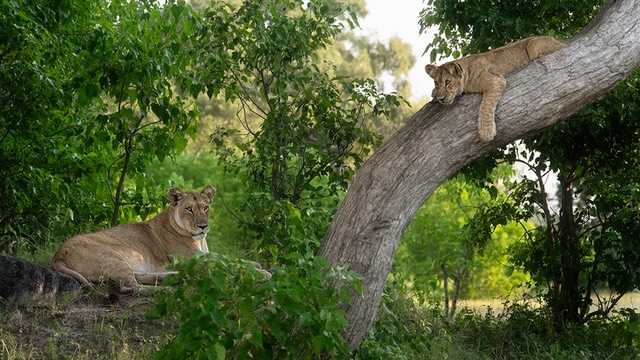
Focus: This is not a fast focusing lens, but neither is it a slow focusing lens. In most cases a close focus distance to infinity focus change takes well over a half second. So there can be a lot of what I call “slide to focus” going on if you’re moving between subjects at different distances. However, in practical use, tracking of a single subject is as fast as you need it, and you’re not usually making the 5’ to infinity kind of focus move.
Unusually, the 35-150mm f/2-2.8 Di III is only somewhat parfocal: the focus plane doesn’t change as much as you’d expect as you zoom. Don’t get me wrong; it does change, it just doesn’t change as much as I’d expect. Which means that small focal length adjustments often don’t need to be refocused.
Focus breathing is reasonably well controlled. Going from infinity to close focus results in a very small decrease in subject size, perhaps 1%.
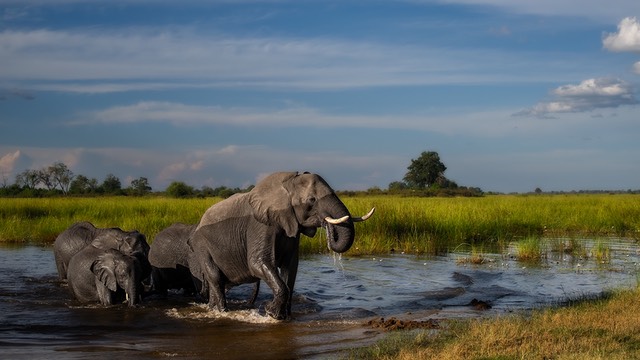
Sharpness: We have a lot to talk about, since this is a zoom lens. Let’s start at the 35mm focal length. I was a bit surprised to see how well 35mm f/2 looked. Excellent in the center, very good at the DX boundary, and still good (with some contrast loss) at the full frame corner. The contrast starts to come back at f/2.8 and is fully there at f/4, but the absolute full frame corners never quite get to very good.
At 70mm we’re at f/2.5 wide open, and there’s a bit more decline between the DX boundary and full frame corner. I’d still tend to call the DX boundary very good, but the full frame corner has deteriorated to fair+/good-. Some of you will find it acceptable, and it’s better than the original Tamron 28-75mm f/2.8 at 70mm.
Moving to 150mm f/2.8, the center is excellent-, the DX boundary is still somewhere in the very good range, though trending towards -. The full frame corner is fair. Overall contrast is a bit down from the shorter focal lengths. Again, stopping down never snaps the corners into full acuity, but they do get better.
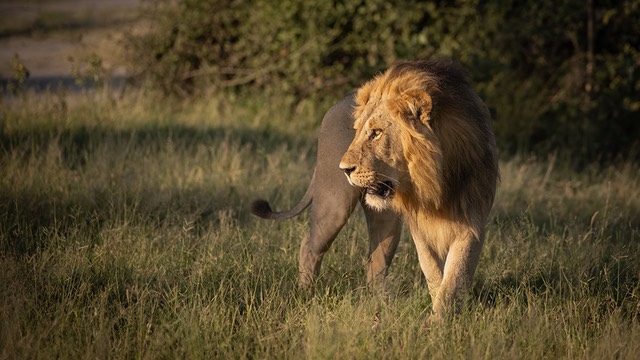
I need to be careful about how I describe the 35-150mm f/2-2.8 Di III. The best focal length wide open was probably 50mm, but 35mm isn’t far behind. Moreover, at near infinity, I felt the full frame corners at all focal lengths improved some. I suspect that the optical design has some field curvature in it, and that field curvature changes with focal length and with focus distance. For instance, trying to use the lens for flat field close up work will net you terrible corners. The center will be sharp and the corners a total blur at 35mm. At 150mm, the centers can be exceptional at close focus stopped down two stops, but we still have the increasing blur as you move out to the corners.
However, for general use, there’s a very broad area of really good acuity and contrast, even wide open, with really only the full frame corners something that I’d tell you to watch. For centered subjects, you’re not going to notice. For flat captures (e.g. architectural) and landscapes, you might.
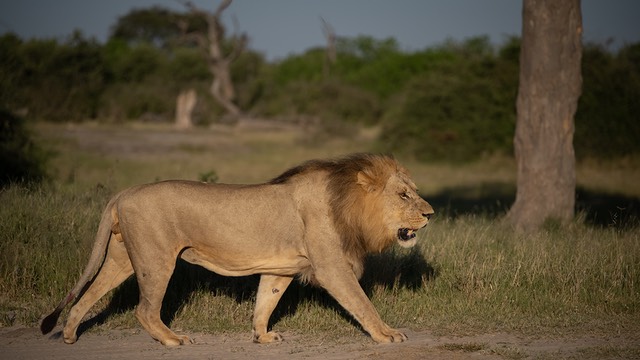
Coma, on the other hand, was really good for a zoom lens, with little in the way of distortions and no halos. Likewise, spherical aberrations seem to be well controlled.
Linear Distortion: Very minor mustache-style barrel distortion is present at 35mm without corrections, and by 150mm we’ve flipped to fairly strong (2%+) pincushion. In camera corrections work near perfectly for wide angle, but don’t 100% correct the telephoto bends.
Chromatic Aberration: The lens has clear longitudinal CA, as you’d expect from a fast aperture lens. This shows up most at the wide end; the telephoto end shows more minimal longitudinal CA, though it’s still clearly present. Lateral CA is generally well controlled, and ignorable except perhaps at the far corners, where I can see it start to fight for edge color (about a pixel’s width).
Vignetting: As you might expect from the sharpness comments, the “bright” portion of the image circle fairly clearly extends to the DX boundaries. This is another of those lenses that has its highest levels of vignetting in the absolute full frame corners at nearly 2.5% at 35mm, and 2% at 150mm. In-camera corrections won’t fully tame that if you’re photographing wide open, but help if you’re stopped down.
Flare: In frame and edge frame light sources can provoke strong, multiple, prismatic ghosts, and pretty much at any focal length. Veiling glare is present beyond normal expectations at the telephoto end.
Bokeh: Something had to give, and this is probably the worst characteristic of the lens. I can’t call the internal complications of the blur circle onion skin; it looks more like turtle-shell markings. The longitudinal CA noted above can produce bright colored edges at 35mm, though this tapers to mostly just bright edges by 150mm. The big issue, however, is cats eye and shading. This is clearly present just inside the DX boundary, and gets extremely catty by the corners. In practice, If find the rearward blur to be a little on the busy side, and the forward blur less objectionable. That’s backwards of what I usually see on a fast lens.
Final Words
Since this lens first appeared, it’s been a highly talked about optic, and I notice more and more event photographers gravitating to it. As well they should. It many ways the lens operates like a good old-school prime, providing nice crisp center fields and letting the extreme corners go darker and soft. It’s almost a perfect wedding lens, for that reason.
I’m not a wedding photographer, so you’re probably wondering how I liked it. Well, ditto. In both sports and wildlife work, you often are trying to pull the viewer’s eyes into the center, and that’s where this lens excels. And it does so in low light. I’ve taken to using the 35-150mm f/2-2.8 Di III as my second camera lens (my other lens is a Nikon 400mm f/2.8 TC VR S). I was surprised to find myself photographing a male lion at 35mm with him spilling out of the frame at one point. But the image effect was what I wanted. Lion head sharp, I don’t want you to look at anything else ;~).
If I could snap my fingers and ask for one small improvement, I’d say that would be focus speed. Again, the focus speed is not what I’d call slow, and the lens tracks a moving subject just fine, but in my work I’m changing focal length and subject distance a lot as things change around me, and I found a few times where I was waiting for the focus to catch up. That was true both on my A1 as well as on my Z9 with a lens adapter. Event speed? Fine. Wildlife speed? Mostly fine. Sports speed up close? Better have a lock on focus first.
I’m going to write something I don’t usually: in the right hands with someone knowing what they’re doing and the look they want is supported by this lens’ slight center-centricity, the 35-150mm f/2-2.8 Di III lens can be an exceptional tool. Several times as I was looking through a month’s worth of images taken with this lens I found myself stopping and saying “nice". Not every lens I test can say that. Indeed, few can. In order for that to happen there has to be some magical mix of features and performance, and this lens has those.
Highly Recommended (2022 to present)
Support this site by purchasing from the following advertiser:
Update: removed statement about image stabilization. The lens itself doesn’t have image stabilization.
